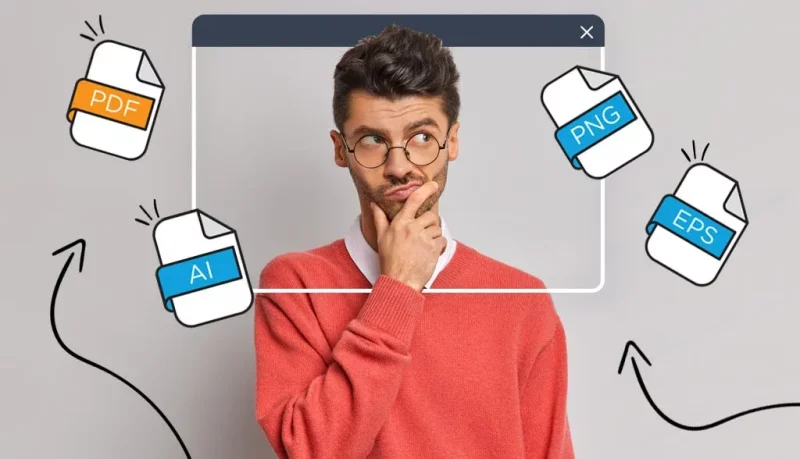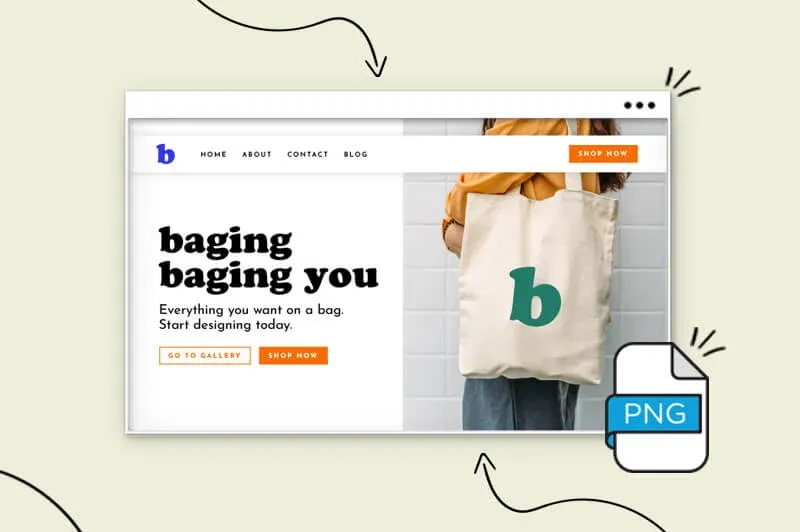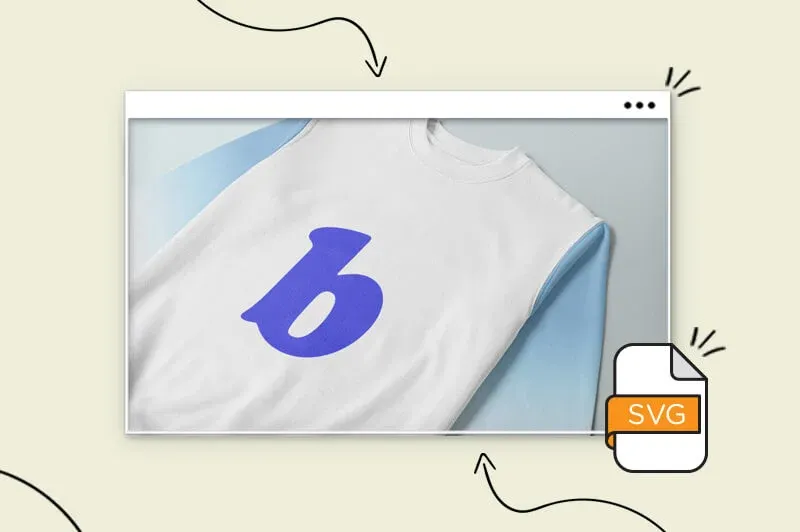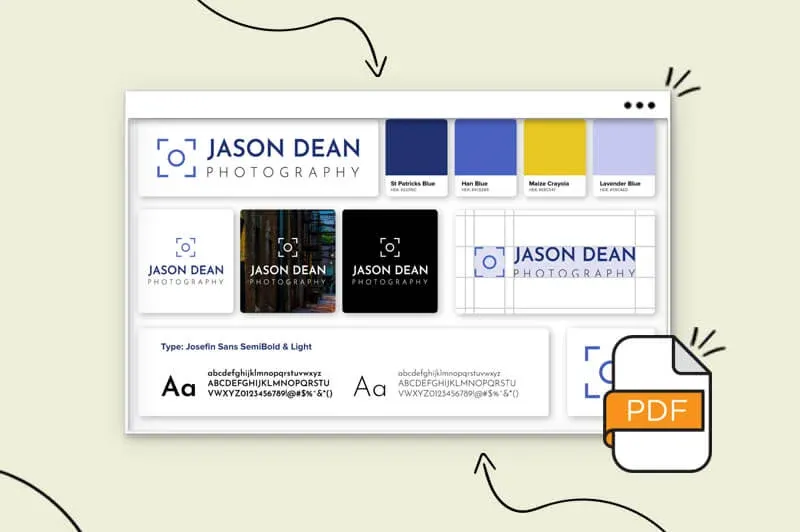
When you create your logo, you will also receive different types of digital files. Chances are, you’re asking yourself how and why there are so many different formats. It is certainly confusing, but this article will clear up any confusion.
Each file format is intended for a specific purpose. Whether it’s a photo for a t-shirt, a brochure, or an Instagram profile picture, choosing the right file is crucial.
The most common logo file formats are PNG, SVG, EPS, and PDF. This article will tell you what each file format is and what to use them for.
PNG format

Portable Network Graphics (PNG) is a raster (pixel-based) image format. The PNG file format is ideal for digital graphics, such as logos, icons, text, flat images, etc.). If you need a digital image with a transparent background then you must use PNG. If you are using your logo for any digital purpose like a PowerPoint presentation then you should choose PNG files. However, this file type is not recommended for printing and it does not support animation.
Benefits of PNG files
- If you resize the image, it will not lose quality
- Supports a large number of colors (up to millions of colors)
- File sizes are usually large so they can handle the resolution
- Transparent background support
Use PNG files to place your logo on
- Websites and blogs
- Online stores like Etsy
- Social media profiles and cover art
- Favicon, the icon that shows up in your browser tab
SVG Format

Scalable Vector Graphics (SVG) files are popular file formats for displaying 2-D graphics, charts, and illustrations on the web. Vector-based SVG files are built from mathematical formulas, not pixels. Vector files maintain their quality, so you should use them whenever possible. SVG files support animations. It is especially ideal to use the SVG file format when you print your logo.
Benefits of SVG files
- It can be scaled up or down without losing any of its resolution
- Small file size compared to PNG or JPG
- Transparent background support
- Good to send to a designer if you need them to work on your logo
Use SVG files to place your logo on
- Stickers and labels
- Goods like clothes, hats, socks, etc.
- Printing documents such as business cards, posters, letters, etc.
- Website
EPS Format

EPS is a vector file format that is the industry standard for professional, high-quality printing. EPS is often used for large-scale detailed images such as billboards and large posters.
Note that once you save the file as an EPS, it can no longer be edited. So if you notice any errors or want to make any changes, you will need to go back to the original design file and then save the EPS again. Additionally, EPS files require specialized software such as Adobe Illustrator to open and view.
Benefits of EPS files
- Ideal for scaling images
- The image quality remains high even when the file size is reduced
- Most professional printers can handle EPS files making it the obvious choice for larger print jobs
Use an EPS file to place your logo on
- Large detailed images such as billboards, large posters, and other attention-grabbing marketing materials
PDF: Portable Document Format

PDF stands for Portable Document Format. With this flexible file format, anyone can easily exchange and present documents no matter what software, hardware, and operating system they are using. PDF documents can contain links, buttons, audio and video and can also be digitally signed. They are used for printing and editing purposes.
Benefits of PDF files
- Format stays the same on all devices (smartphones, computers, tablets)
- Easy to share
- Transparent background support
- Easy to read format
Use a PDF file to place your logo
- Printing documents such as business cards, stickers, labels, clothing and other merchandise
End
Choosing the right file format depends entirely on how you want to use your icons. Let’s quickly recap everything we talked about:
If you are printing business cards, brochures, clothing and the like, then you should use SVG if they are accepted by the printer you are using; otherwise, use an EPS or PDF file.
The best file format for transparent background is PNG. If you’re using your logo for any digital purpose, choose a PNG file—and use an SVG or EPS file if you’re sending your logo to a designer for editing and editing.
Now that you know which file format to use, you can go ahead and start creating your logo!

![What is Infographic? How to design beautiful and attractive Infographic [Template] 12 infographic la gi](https://maludesign.vn/wp-content/uploads/2022/12/infographic-la-gi-500x500.webp)